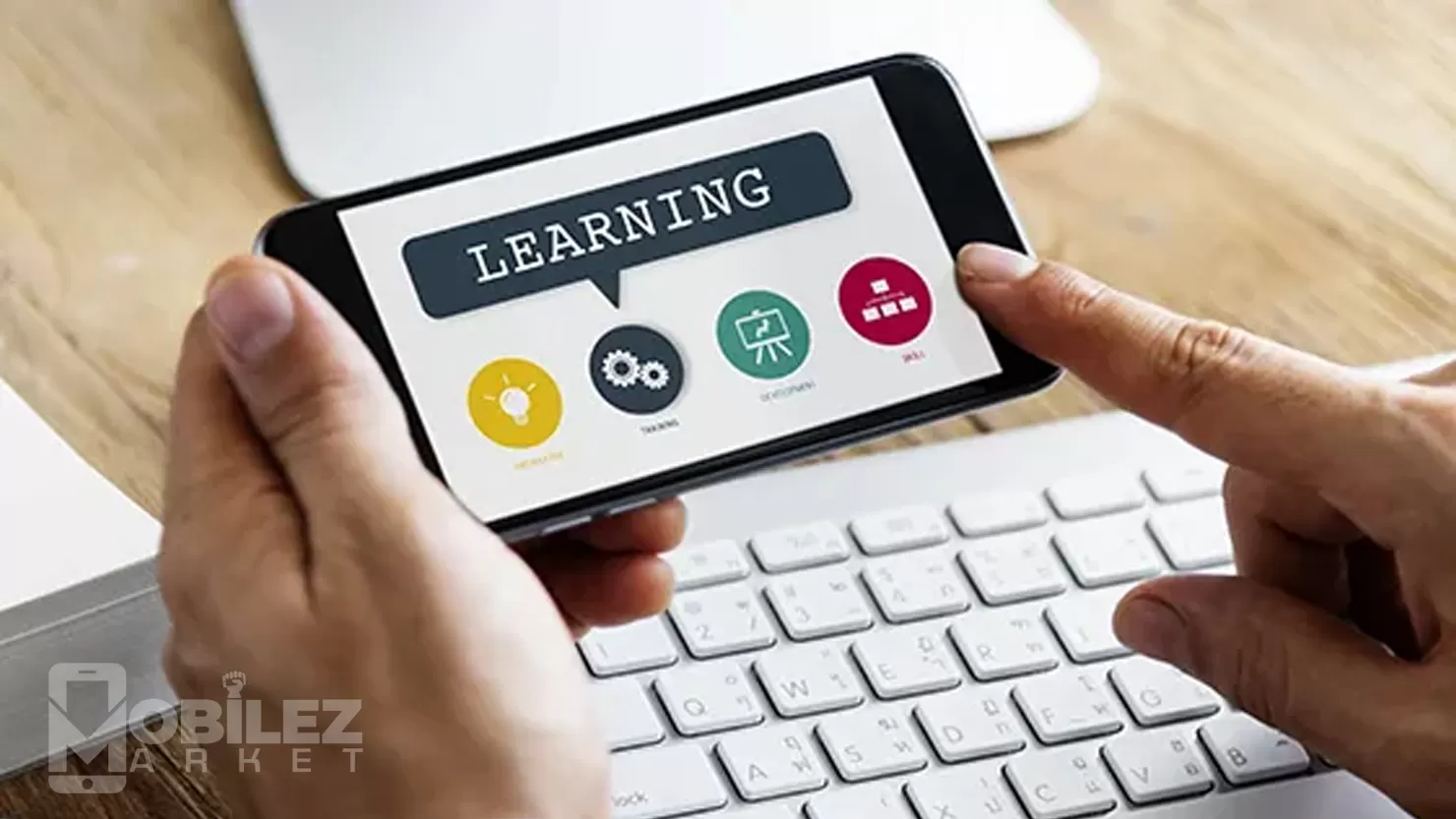Mobile Learning | How Smartphones Are Changing Education
Introduction:
In today's digital age, smartphones have become ubiquitous tools that empower users to access information, communicate, and perform various tasks on the go. Beyond their utility in daily life, smartphones are also revolutionizing the field of education, transforming the way students learn and educators teach. Mobile learning, also known as m-learning, leverages the capabilities of smartphones to deliver educational content, facilitate collaboration, and enhance the learning experience. In this blog post, we'll explore the impact of mobile learning and how smartphones are reshaping education for students and educators alike.
The Evolution of Mobile Learning:
- Introduction of Smartphones: The proliferation of smartphones in the late 2000s and early 2010s paved the way for the emergence of mobile learning, enabling students to access educational resources and interact with course materials anytime, anywhere.
- Advancements in Technology: The advancement of mobile technology, including high-speed internet connectivity, touchscreens, and app ecosystems, has expanded the possibilities for mobile learning, making it more interactive, engaging, and accessible.
- Adoption of Mobile Learning Platforms: Educational institutions, publishers, and e-learning companies have developed mobile learning platforms and apps that provide students with access to digital textbooks, video lectures, interactive quizzes, and collaborative tools.
Benefits of Mobile Learning for Students:
- Accessibility: Mobile learning offers students the flexibility to access educational content on their smartphones, eliminating barriers such as time constraints and geographical limitations.
- Personalized Learning: Mobile learning platforms often incorporate adaptive learning algorithms that tailor educational content to individual student needs and learning preferences, fostering personalized learning experiences.
- Engagement and Interactivity: Mobile learning apps leverage multimedia elements, gamification, and interactive features to engage students and enhance their understanding of complex concepts through visual and interactive learning experiences.
- Collaboration and Communication: Mobile learning platforms facilitate collaboration among students and between students and educators through discussion forums, messaging tools, and collaborative projects, fostering a sense of community and peer-to-peer learning.
Integration of Mobile Learning in Education:
- Blended Learning Models: Mobile learning is often integrated into blended learning models, which combine traditional classroom instruction with online and digital learning activities, providing students with a more dynamic and flexible learning experience.
- Flipped Classroom Approach: The flipped classroom approach involves students watching instructional videos and accessing learning materials online outside of class, freeing up class time for interactive discussions, collaborative activities, and hands-on learning.
- Distance Learning and Remote Education: Mobile learning has become particularly valuable in the context of distance learning and remote education, allowing students to participate in virtual classrooms, attend lectures, and submit assignments from anywhere with an internet connection.
- Lifelong Learning Opportunities: Mobile learning extends beyond formal education settings to support lifelong learning initiatives, enabling individuals of all ages to acquire new skills, pursue personal interests, and engage in continuous professional development.
Challenges and Considerations in Mobile Learning:
- Access and Equity: While smartphones offer greater accessibility to educational resources, disparities in access to devices and internet connectivity may exacerbate existing inequalities in education, particularly among underserved communities.
- Digital Distractions: The pervasive use of smartphones for non-educational purposes may present challenges in maintaining students' focus and attention during mobile learning activities, requiring educators to implement strategies to mitigate digital distractions.
- Data Privacy and Security: Educators and educational institutions must prioritize data privacy and security when using mobile learning platforms, ensuring that student data is protected from unauthorized access and misuse.
Future Trends in Mobile Learning:
- Artificial Intelligence and Adaptive Learning: The integration of artificial intelligence (AI) and machine learning algorithms into mobile learning platforms will enable more personalized and adaptive learning experiences, with algorithms analyzing student data to provide real-time feedback and recommendations.
- Augmented Reality (AR) and Virtual Reality (VR): AR and VR technologies will enhance mobile learning experiences by creating immersive and interactive simulations, virtual field trips, and experiential learning activities that bring educational concepts to life.
- Mobile Learning Analytics: Mobile learning analytics tools will enable educators to track student progress, monitor engagement levels, and identify areas for improvement, empowering data-driven decision-making and personalized intervention strategies.
Conclusion:
Mobile learning is reshaping education by leveraging the power and ubiquity of smartphones to provide students with flexible, personalized, and engaging learning experiences. From accessing digital textbooks and interactive multimedia resources to collaborating with peers and educators in virtual classrooms, mobile learning offers a wealth of opportunities to enhance the educational journey. By embracing mobile learning strategies and leveraging emerging technologies, educators can empower students to thrive in an increasingly digital and interconnected world, preparing them for success in the 21st century.


